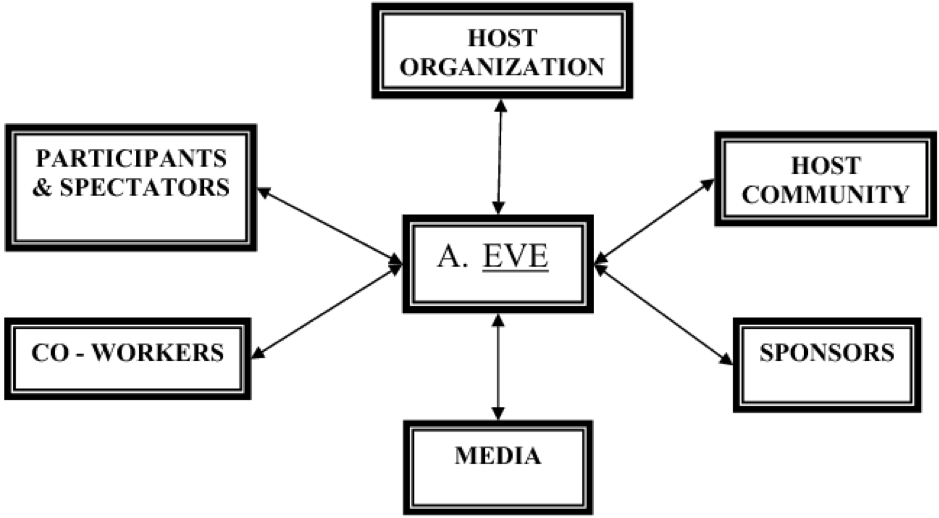Employees, volunteers, advertisers, vendors, spectators, attendees, and contributors are the main event partners. Secondary stakeholders are essential to the event’s viability and sustainability, but they do not have the same direct effect as stakeholders involved (Cantoni, L. Et al., 2015).
The report provides a more in evaluation of music festival crowd management and incident protection market dynamics as well as future projections to identify potential investment opportunities. There is discussion about the main factors, constraints, and openings, as well as an overview of their effect on the audience control & activity protection profit margin (Yoo, 2018).
Any shareholders’ perspectives are critical to the music festival’s sustainability. When organising an event for a rising audience, for example, it is critical to consult with prominent architects, hotel owners, security professionals, and strategic communications professionals (Dimbleby, 2020).

The music festival’s organisers will also work collaboratively to provide necessary security equipment to ensure the event’s success (Yoo, 2018). As a result, it is critical to recognise the stakeholders whose resourcefulness could be critical to the success of an operation. Connecting with stakeholders involved aspect of the communication process among event management and other stakeholders (Dimbleby, et al., 2020).
It is important to communicate the development and performance indicators of an occurrence in order to manage objectives and obtain additional input (Calvó‐Armengol, et al., 2015). However, not all events necessitate frequent contact, while others necessitate continuous and continuous awareness and the ability to be functional. Stakeholder assessment is a technique in which activity planners make a concerted attempt to consider shareholders and how to incorporate their expectations to enhance the validity of an event (Yoo, 2018).
References
Calvó‐Armengol, A., De Martí, J., & Prat, A. (2015). Communication and influence. Theoretical Economics, 10(2), 649-690.
Cantoni, L., & Danowski, J. A. (Eds.). (2015). Communication and technology (Vol. 5). Walter de Gruyter GmbH & Co KG.
Dimbleby, R., & Burton, G. (2020). More than words: An introduction to communication. Routledge.
Song, B., Zhou, X., Shi, H., & Tao, Y. (2018). Performance-indicator-oriented concurrent subspace process monitoring method. IEEE Transactions on Industrial Electronics, 66(7), 5535-5545.
Yoo, D. (2018). Stakeholder Tokens: a constructive method for value sensitive design stakeholder analysis. Ethics and Information Technology, 1-5.